Drones have been able to capture data that has enabled efficiencies when it comes to saving time, reducing costs and increasing safety in numerous industries. However, their potential extends beyond information gathering. Erik Schultz, CEO of Liberty Drones, didn’t just recognize this capacity of the technology; he built a business around it.
Liberty Drones primarily focuses on exterior surface cleaning, including windows, concrete surfaces and metal and composite sites. That includes everything from parking garages to stadiums to industrial plants to offshore structures. They primarily handle 3-18 story buildings, but their services vary by size, material and location. Glass, concrete, and metal each need different nozzles and cleaning agents while wind conditions and airspace regulations affect operations.
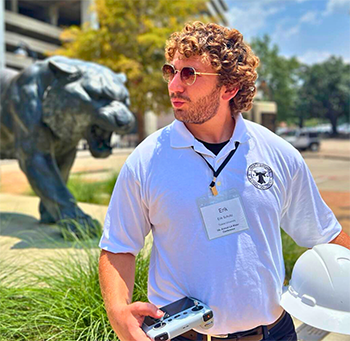
Schultz outlined the past and present of his company on a recent edition of the Drone On Podcast, but we wanted to learn more about his process and approach. We connected with him to further explore the efficiencies he’s been able to create, whether or not drones can be seen as the newest trade, what advice he has for drone pilots looking to start a business, and much more.
Jeremiah Karpowicz: You mentioned that the explosion of a pressure washer at the Superdome gave you the original idea for what would become Liberty Drones, so I wanted to ask about the mentality and approach that you took to what is essentially the transformation of work. What does it mean to look at something like that and realize there must be a better way?
Erik Schultz: That explosion at the Superdome was a turning point. It made me realize that traditional pressure washing isn’t just inefficient—it’s dangerous. When you see a problem like that, the natural reaction is frustration, but the real opportunity comes when you step back and ask, Is there a better way?
For me, that moment sparked a deeper look into how we clean buildings. The technology existed—drones were being used in agriculture, mapping, and inspections—so why not for washing? The key is to question assumptions. If something is expensive, time-consuming, or hazardous, that’s a prime area for innovation.
Some of that is just about the human beings involved and what it means to go beyond "the way we've always done it." What has been your approach to shake people from that mentality? Do they need to see numbers? Or realize that not changing could mean being left behind? Or something else?
People resist change, but it’s usually for one of three reasons: they don’t see the need, they don’t understand the alternative, or they’re afraid of the transition. So, when introducing a new way of doing things, I focus on giving them tangible numbers. We use this technology to provide faster cleaning time, lower costs and reduced liability. Those are numbers business owners can see in their bottom line.
There’s also always a fear of Being Left Behind. If your competitor is using drones and cutting costs by 40%, you can’t afford to ignore the shift. And of course, seeing is believing. A live demo or before-and-after results often speak louder than words. Once people see a drone washing a building in action, the conversation shifts from if to how soon can we start?
You're using drones to reduce labor costs and human error, but you're also keeping people on the ground. What does it mean to balance and talk about the tangible value of the technology as well as the intangible benefits?
Drones don’t replace jobs—they shift them. Instead of risking their lives rappelling down a building, workers are now drone operators and ground support. This means fewer injuries, lower insurance costs, and higher-skilled jobs. The technology also allows us to scale—one operator can manage multiple drones over time.
That tangible value you’ve created is real, as you mentioned what it meant to clean a building in 26 hours when the traditional approach took ten days. How are you able to do that? And what does that savings typically mean on a practical level to your clients in terms of repurposing those funds or resources in a meaningful way?
Cutting cleaning time from ten days to 26 hours doesn’t just mean lower labor costs. It also means less disruption for tenants and businesses, fewer permits and insurance fees and faster turnaround for property managers. That kind of speed means they can lease or sell space sooner.
Part of the reason we can work that quickly is because our drones are AI-enhanced and pilot-operated. The flight, including positioning and takeoff/landing, is entirely pilot-driven. However, the motors are AI-enhanced to withstand variable pressure and flow output.
Some clients put the savings toward maintenance in other areas, while others just enjoy the higher margins.

In what way do you think drones can be seen as the newest trade, and do you think the technology could help change or evolve how people think about the trades? How might drones be seen as an equalizer?
Drones aren’t just tools; they represent a new skilled trade. Much like how HVAC, plumbing, and electrical work evolved, drone operations will become a standard service industry. This shift means new career paths—drone pilots will be as essential as electricians in certain sectors. New job opportunities will also emerge for people who may not have a traditional trade background.
This technology also levels the playing field by allowing small businesses to compete with bigger companies because they require less manpower and equipment. Smaller teams can tackle jobs that once required large crews and expensive lifts.
Drones obviously enabled your business model, but is this approach or model something other drone pilots could emulate? What advice would you have for drone pilots looking to start a business?
Drones are enabling niche service businesses. Whether it’s washing, inspections, security, or delivery, there are untapped markets for drone operators. The key is identifying where drones save time, reduce risk, or cut costs—that’s where the business potential lies.
In terms of advice, you should find a problem that needs solving. Drones are tools—your business is about the solution they provide. Whether it’s washing, inspections, or agriculture, success comes from solving pain points for customers.

And on the other side of that, for building managers facing cost, logistical, or procedural challenges with their current cleaning processes, how would you advise them to rethink their approach or thinking?
If you’re facing high cleaning costs, long turnaround times, or safety concerns, you can’t afford not to explore new options. Drones aren’t just about savings—they’re about better results with less risk. The companies that adapt will have the competitive edge.
Hear more from and connect with Erik at Commercial UAV Expo in September.


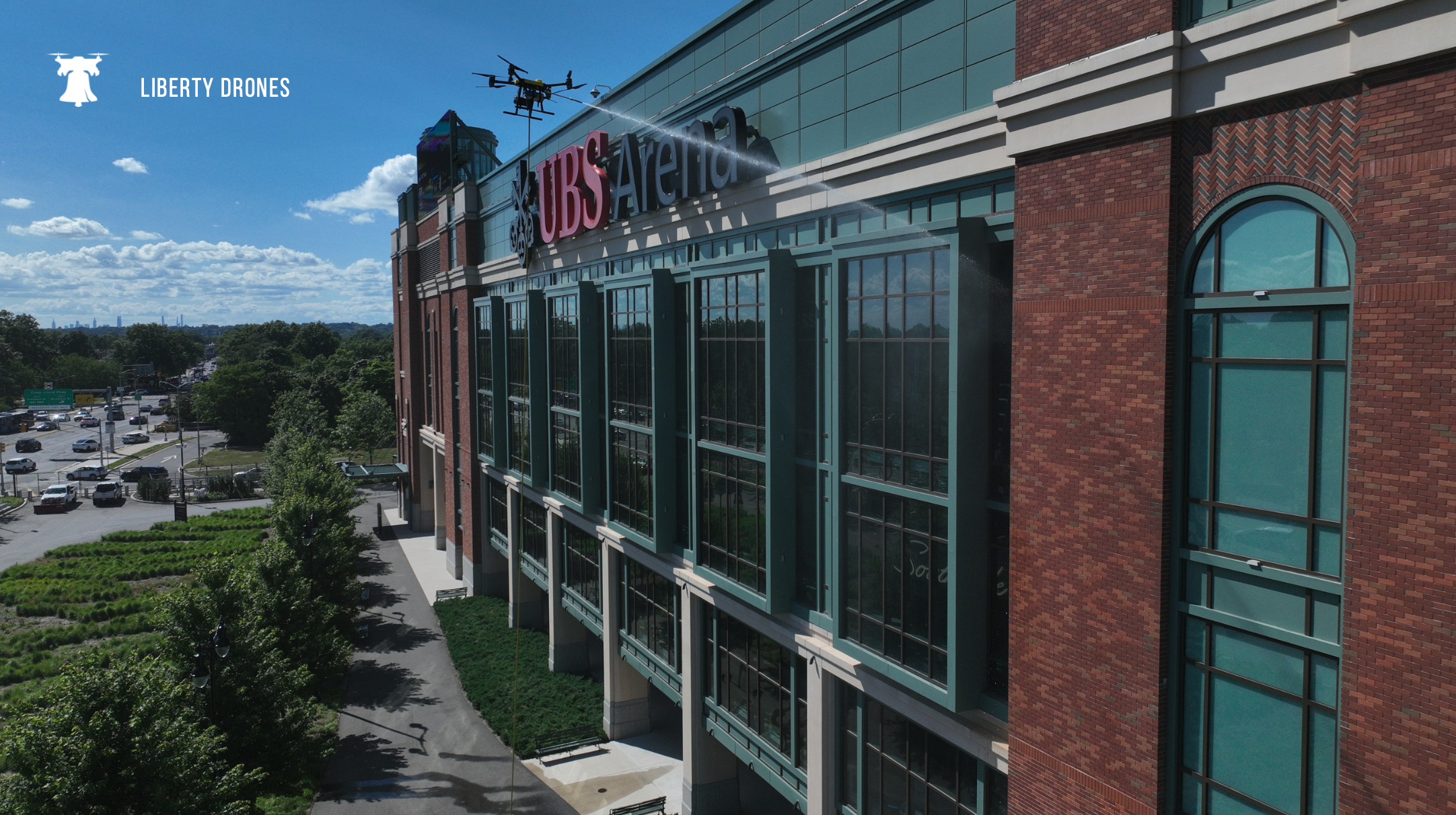

.jpg.small.400x400.jpg)
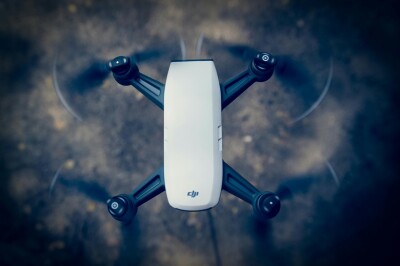
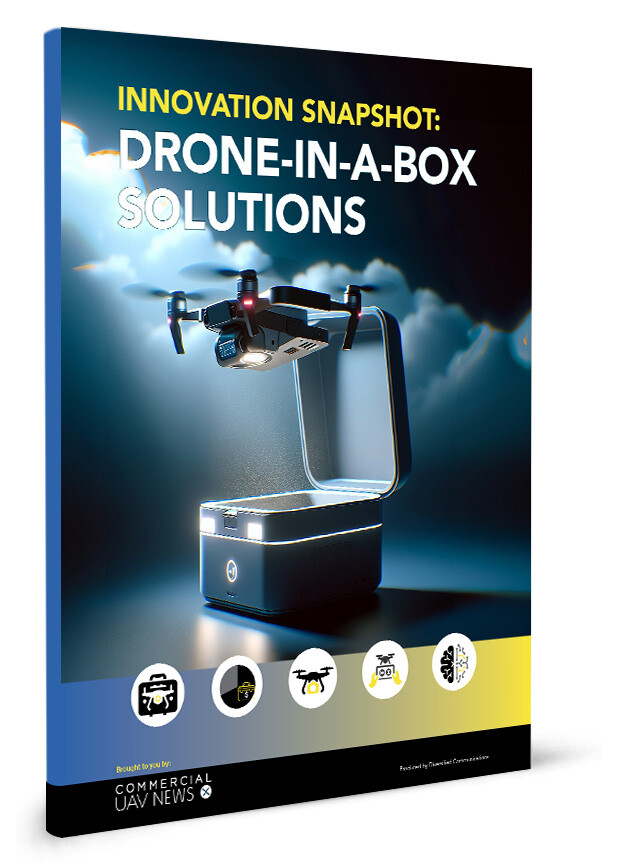
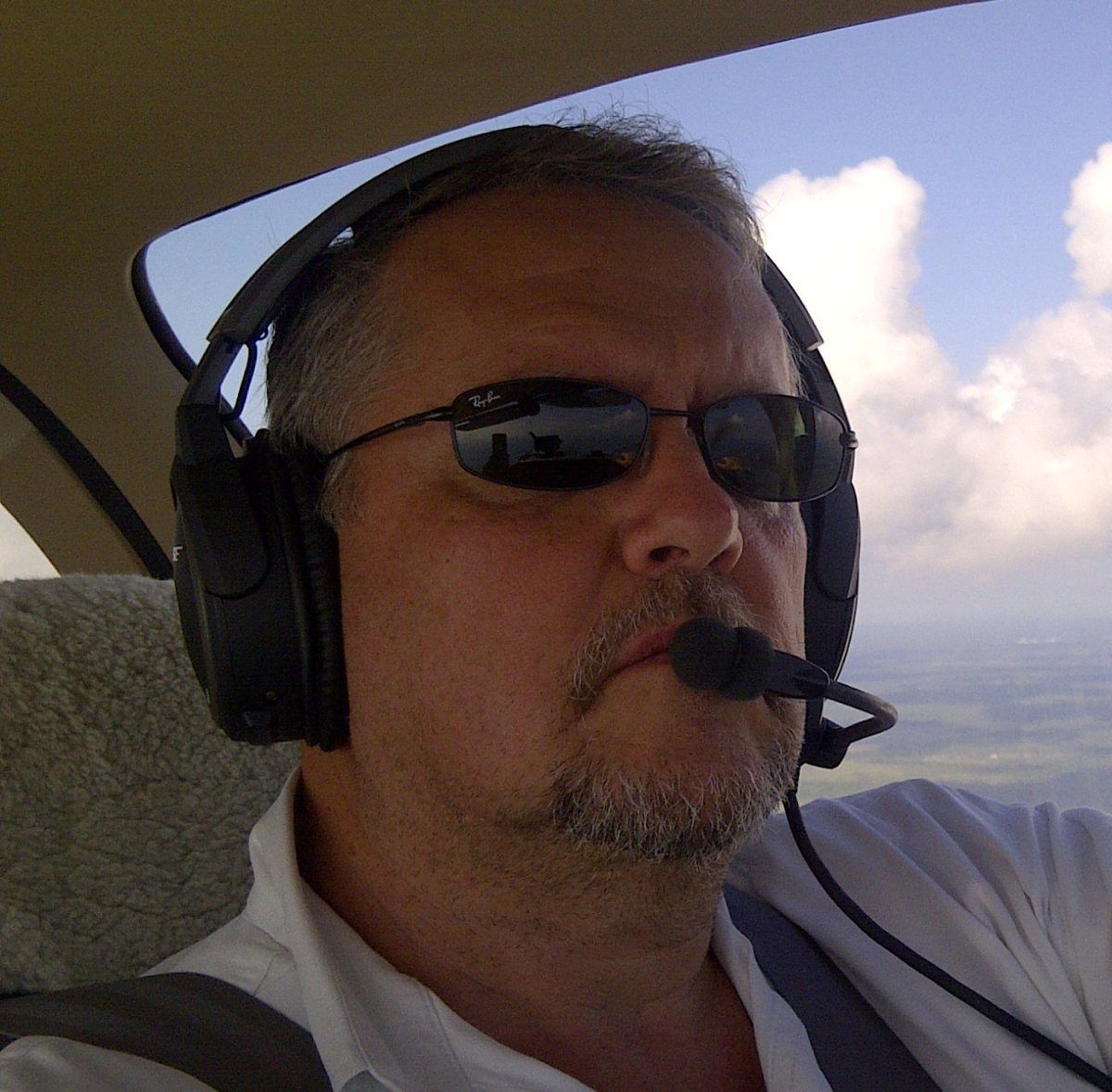

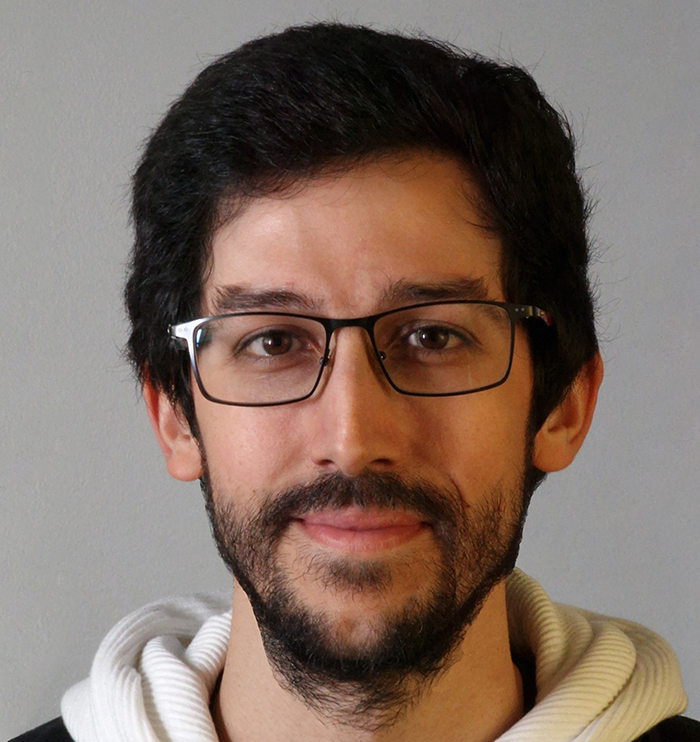

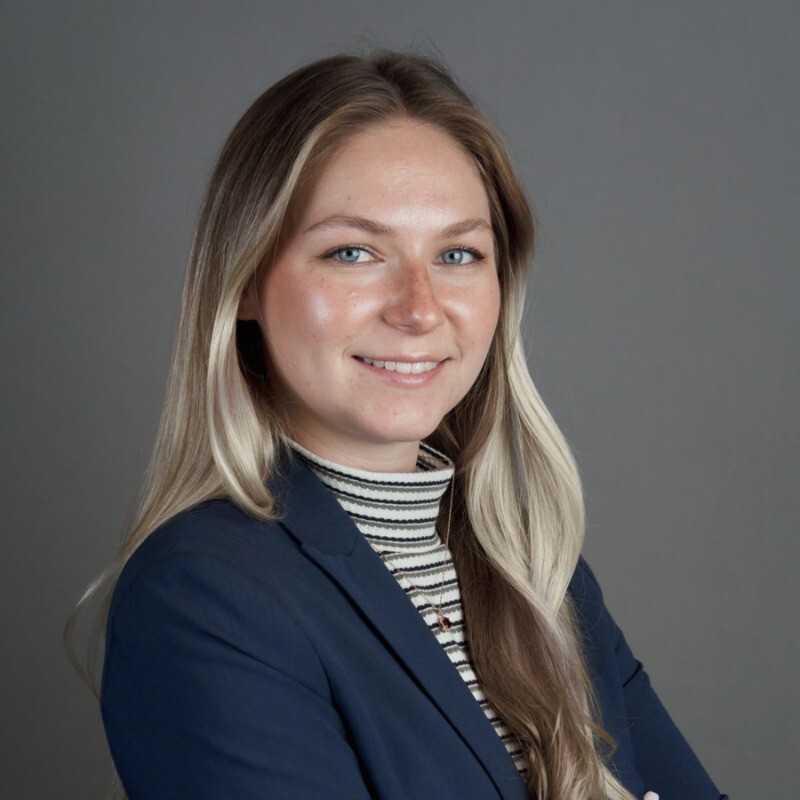
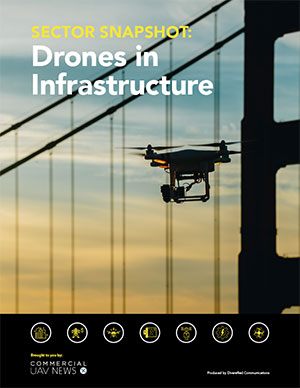
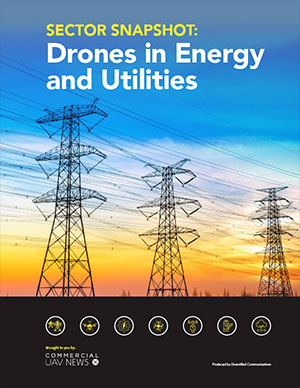
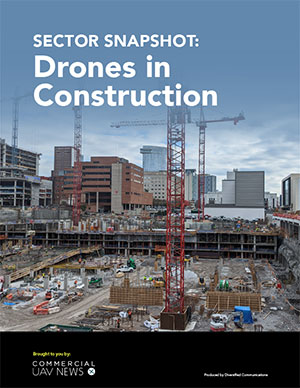
Comments